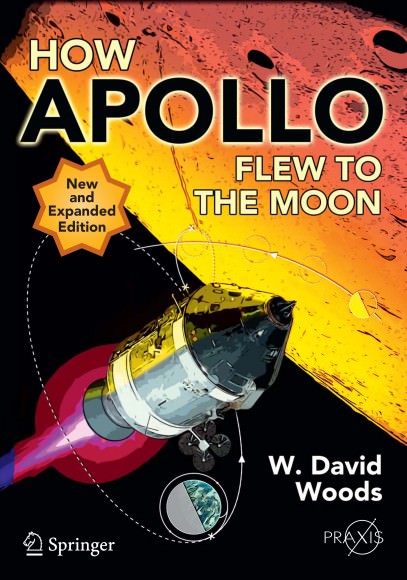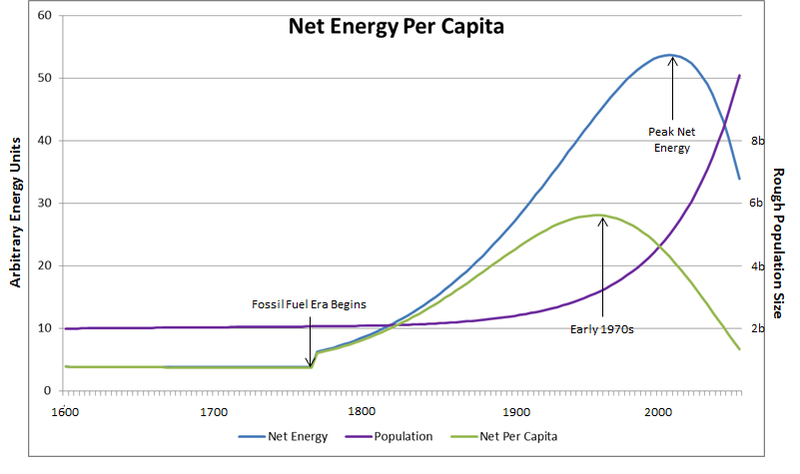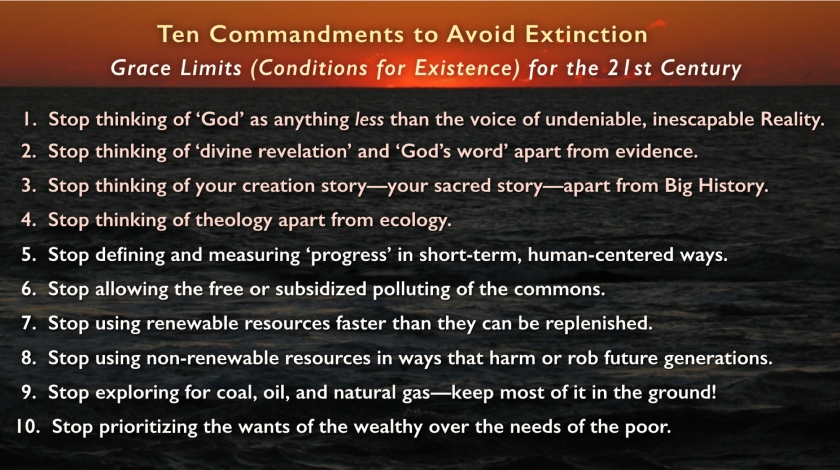
Irv Mills today published a very nice history of peak oil in which he summarizes what has occurred to date, and explains how his understanding of the relationship between energy and the economy has evolved and improved over time.
Mills’ essay is clear, accurate, and accessible. I recommend it as an excellent primer on peak oil.
Mills observes that oil consumption in recent years has grown about 1.7% per year despite little or no real growth in the economy. He speculates that the extra energy is being consumed by the oil industry to produce oil that is now hard, and getting harder, to extract. I suspect he’s right and recently wrote about this red queen phenomenon here.
Mills sees economic problems in our future but also expects some surprises. I agree. As readers know, I am fascinated by the fact that we collectively deny the reality of peak oil, despite it being, by far, the most serious short-term threat to civilization. My hunch is that we will never accept the reality of peak oil. Something else will happen that we can blame for our economic woes. Like war. To admit that growth is over due to nature being more powerful than our hubris, and that we totally screwed up by ignoring obvious facts, is a pill too big to swallow for our egos.
https://theeasiestpersontofool.blogspot.com/2018/06/autobiographical-notes-part-4-my-peak.html
As that average EROEI declines toward about 15, economic growth grinds to a halt and it becomes difficult to raise capital to start new ventures and to maintain existing infrastructure. Below 15 a modern industrial civilization quits working. Because this is a weighted average, choosing to produce more energy from low EROEI sources makes things worse while temporarily seeming to make them better. It has been estimated that the current average EROEI of the world economy is around 11. Of course some lucky countries are doing much better than that.
But because of our “lowest hanging fruit first” approach, EROEI continues to decline. Real economic growth appears to have stopped in the 1990s, with governments using clever new ways of calculating gross domestic product, and unemployment and cost of living statistics to make things look better in the short run. And low interest rate policies to encourage lots of borrowing and keep the economy growing, again, in the short run.
The major oil companies were hurt by low prices too, and cut back on their investment on discovery in order to save money. This has left us in a very bad situation as far as oil supply goes over the next few years. Trillions of dollars would have to be spent on discovery to catch up with demand. It seems to some of us that there is no sweet spot where oil prices are low enough to keep the economy growing and high enough to make the oil business profitable.
In any case, it seems unlikely that there are actually sufficient oil resources out there even if we could find the money to spend on discovery.





